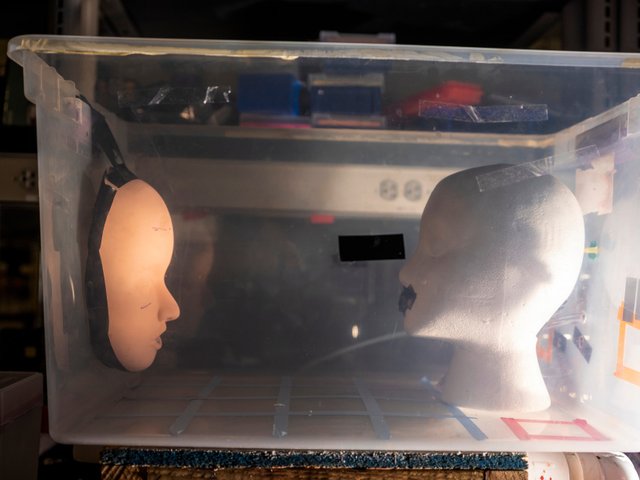(05.13.2021;WIRED)
According to the medical canon, nearly all respiratory infections transmit through coughs or sneezes: Whenever a sick person hacks, bacteria and viruses spray out like bullets from a gun, quickly falling and sticking to any surface within a blast radius of 3 to 6 feet.
...
The distinction between droplet and airborne transmission has enormous consequences. To combat droplets, a leading precaution is to wash hands frequently with soap and water. To fight infectious aerosols, the air itself is the enemy. In hospitals, that means expensive isolation wards and N95 masks for all medical staff.
...
An indoor-air researcher at the University of Hong Kong, Li had made a name for himself during the first SARS outbreak, in 2003. His investigation of an outbreak at the Amoy Gardens apartment complex provided the strongest evidence that a coronavirus could be airborne. But in the intervening decades, he’d also struggled to convince the public health community that their risk calculus was off. Eventually, he decided to work out the math. Li’s elegant simulations showed that when a person coughed or sneezed, the heavy droplets were too few and the targets—an open mouth, nostrils, eyes—too small to account for much infection. Li’s team had concluded, therefore, that the public health establishment had it backward and that most colds, flu, and other respiratory illnesses must spread through aerosols instead.
...
Over time, through blind repetition, the error sank deeper into the medical canon.
Read the rest from WIRED: The 60-Year-Old Scientific Screwup That Helped Covid Kill
)

Worth the time to read the entire article (approx. 30 mins?)
Downvoting a post can decrease pending rewards and make it less visible. Common reasons:
Submit